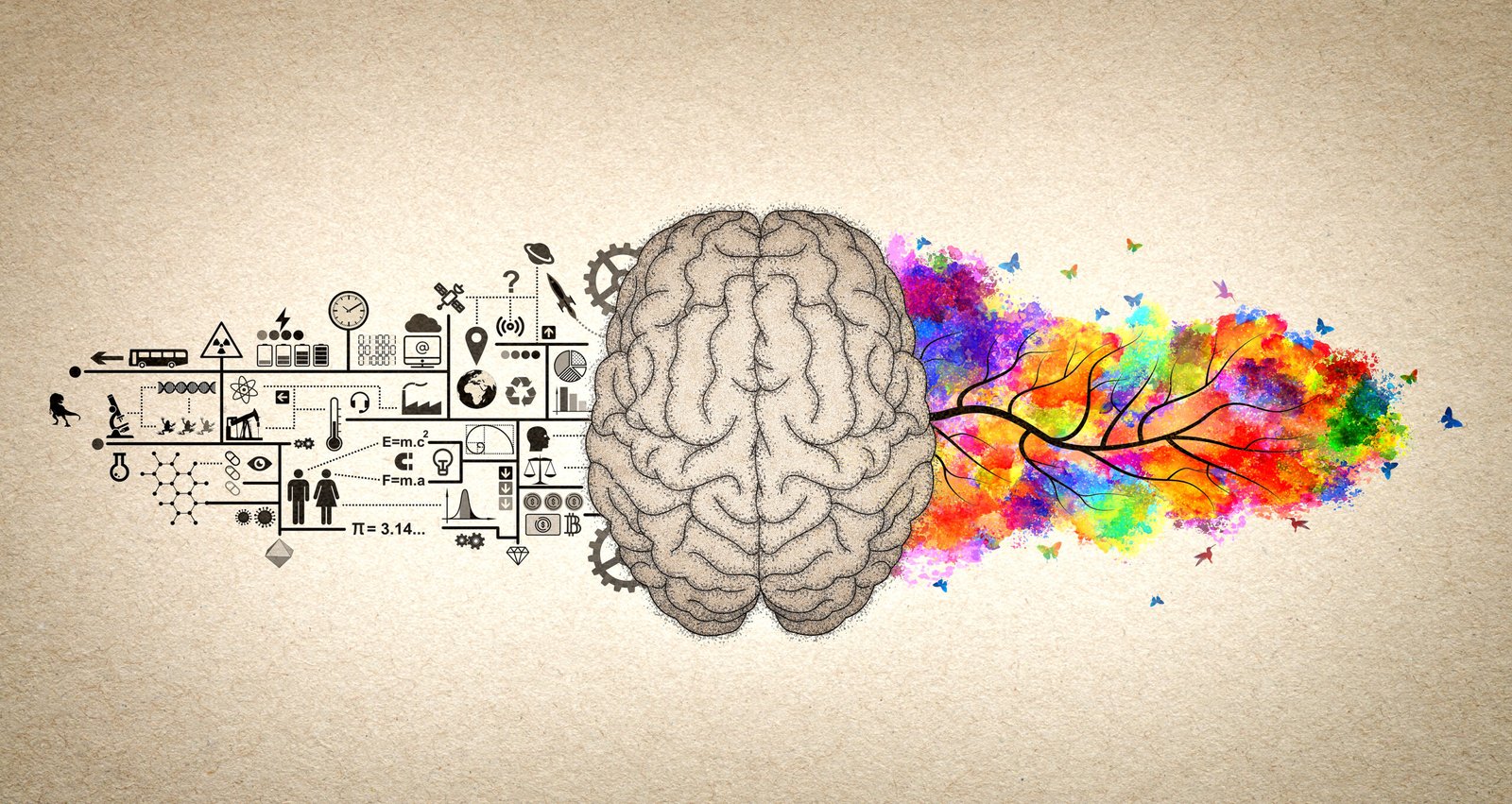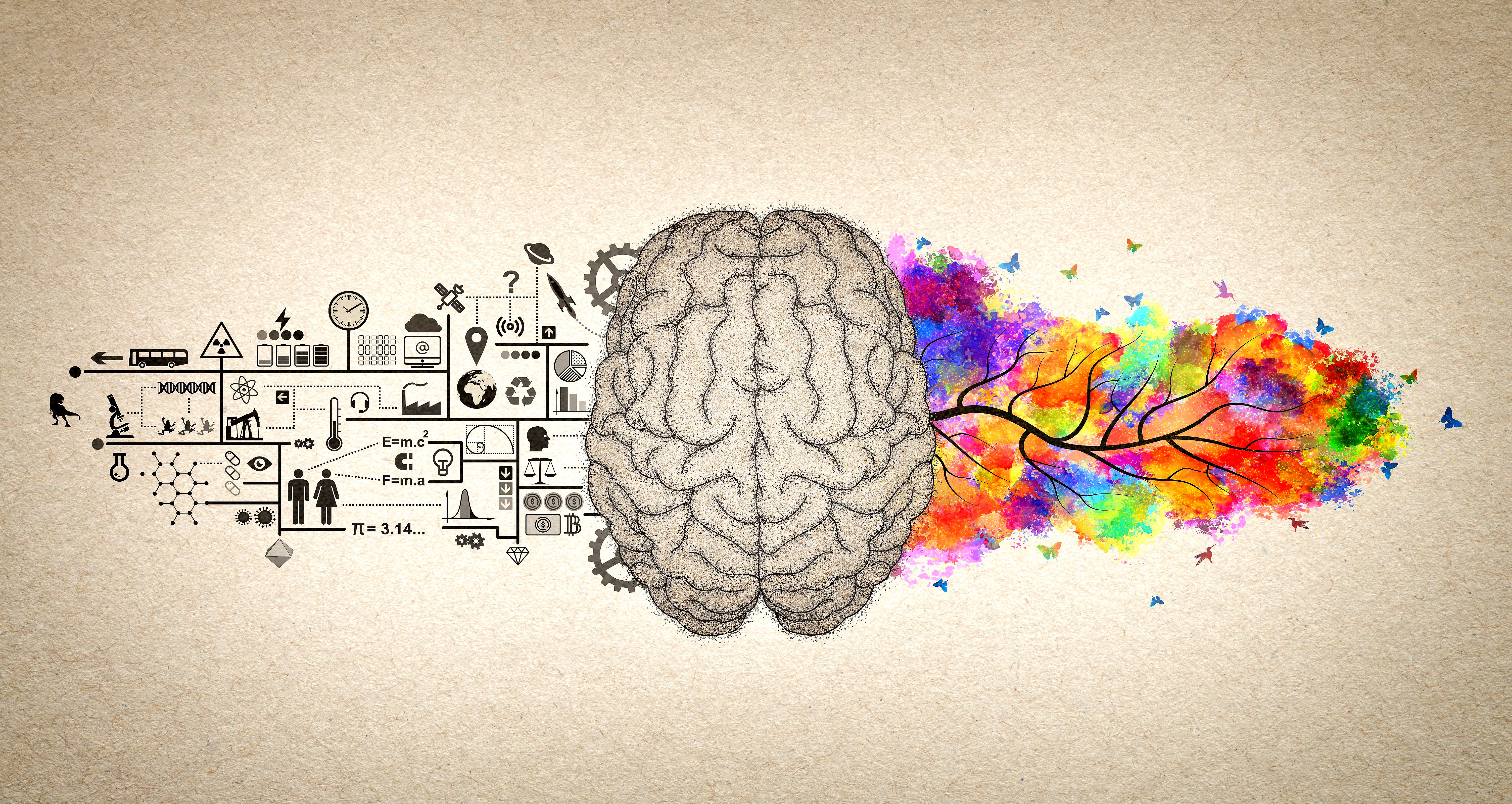
Brain Functions - Left Brain and Right Brain Conceptual Illustration - Analytic and Creative Brain
The Science Behind Compulsive Behaviors: Understanding Your Brain’s Survival Mechanism
You’re not fighting a losing battle with your compulsive behaviors—you’re using the brain’s survival mechanism. It’s time to shift the narrative. What if these urges were not your enemy but your brain’s way of coping with emotional pain? Imagine transforming these survival strategies into empowering choices. You’ll uncover the roots of your compulsions and learn how emotional coaching with VK Circle can guide you to emotional liberation. Ready to rewrite your story? Let’s dive into the science that can set you free. For further reading on the scientific aspects, visit this article.
Understanding Compulsive Behaviors

Compulsive behaviors often feel overwhelming and uncontrollable. Yet, these actions are deeply rooted in our brain’s survival instincts. Understanding this can help us view these behaviors not as weaknesses but as mechanisms our brain uses to cope with emotional challenges.
The Brain’s Survival Instincts
The brain is wired to prioritize survival, and compulsive behaviors can be seen as a manifestation of these instincts. When faced with emotional pain or stress, the brain seeks ways to alleviate discomfort quickly. These actions, often repetitive and ritualistic, provide a temporary sense of relief or control.
Compulsive behaviors like obsessive-compulsive disorder (OCD) engage specific brain regions. Studies, such as those from UCLA Health, show that support cells in the brain may influence OCD behaviors.
Emotional stressors activate the brain’s ancient wiring for survival. Research from Stanford Medicine highlights how addiction pathways are intertwined with these survival instincts.
Understanding these instincts can be enlightening. It helps individuals recognize that these behaviors are not personal failings but rather the brain’s response to perceived threats or losses.
Compulsions as Coping Mechanisms
Compulsive actions are more than just bad habits. They are coping mechanisms that people unconsciously adopt to navigate emotional distress. These behaviors can provide a brief escape from anxiety or fear.
Compulsions often arise when there is a significant emotional void or unresolved conflict. As discussed in Michigan Medicine’s research, individuals may feel trapped in cycles of “wrongness” that drive repetitive behaviors.
An example is someone who turns to compulsive shopping to momentarily fill feelings of inadequacy or loneliness. The act of purchasing is not about the item itself but the temporary comfort it brings.
Identifying these patterns is the first step toward change. By understanding the emotional triggers, it’s possible to develop healthier coping strategies.
Emotional Coaching for Liberation

Emotional coaching provides a compassionate pathway to address compulsive behaviors. By focusing on the underlying emotional pain, individuals can begin to heal and liberate themselves from these cycles.
VK Circle’s Approach
VK Circle employs a unique approach to emotional coaching. Their method focuses on empowering individuals to transform survival strategies into strengths.
Identification: Clients identify the roots of their compulsions, acknowledging the emotional pain at the core.
Education: Through education, individuals learn about the brain’s survival mechanism and how these compulsions are linked to emotional distress.
Support: Continuous support is provided, creating a non-judgmental space for growth and learning.
VK Circle’s program emphasizes emotional resilience and self-discovery, allowing individuals to reclaim power over their behaviors. This approach is guided by insights from studies like PMC’s article on understanding compulsive disorders.
Heal Your Life Methodology
The Heal Your Life methodology is integral to VK Circle’s coaching. It offers tools to replace self-destructive behaviors with self-love and understanding.
Affirmations: Clients use positive affirmations to shift their mindset and build self-trust.
Emotional Release: Techniques are taught to release emotional baggage, fostering a sense of freedom.
Mindfulness Practices: Regular practice of mindfulness helps individuals stay present and reduce reliance on compulsive activities.
This methodology encourages individuals to embrace their journey with compassion and to perceive challenges as opportunities for growth. It’s a path that leads to emotional liberation.
Empowering Personal Change

True change begins with empowerment. By transforming survival strategies into strengths, individuals can achieve emotional resilience and break free from compulsive cycles.
Transforming Survival into Strength
Turning survival instincts into personal strengths involves understanding and reshaping one’s response to emotional pain.
Awareness: Cultivate awareness of emotional triggers and how they influence behaviors.
Adaptation: Develop adaptive strategies that provide comfort without relying on compulsive actions.
Empowerment: Embrace the power to choose healthier responses, leading to a more balanced life.
This transformation requires dedication but offers profound rewards. It’s about moving from being a victim of one’s instincts to becoming the author of one’s story.
The Path to Emotional Resilience
Building emotional resilience is essential for sustaining personal change. It involves creating a foundation of self-trust and emotional balance.
Consistency: Regular practice of emotional coaching techniques reinforces new habits.
Community: Engage with supportive communities, like VK Circle, to share experiences and gain insights.
Reflection: Continually reflect on progress, celebrating small victories along the way.
Resilience is not about eliminating pain but about developing the capacity to navigate it with strength and grace. By following this path, individuals can achieve lasting emotional freedom.
🌟💡💪



